

|
|
|


|
|
1/10 Scale Electric Drift Car:
HPI Sprint 2 Drift - Nissan Greddy 350Z - # 754 / # 755 / # 756 / # 759 (Radio Controlled Model Review)History and Info:
Introduced by HPI (Hobby Products International) in 2007, the Nissan Greddy 350Z - # 754 / # 755 / # 756 - based on the Sprint 2 Drift chassis (basically the RTR Sprint 2 Touring Car chassis, with Drift tires), came factory assembled RTR, with a lexan polycarbonate Bodyshell, Nosram 17T Motor, Nosram ESC, Battery, Charger and TF-1 Radio System. the Nissan Greddy 350Z - # 759 - was also available factory assembled, without any Electronics. A number of other bodyshell options were available (Check out our HPI Archive).
▼ Scroll Down for More Images ▼
|








|
|
|

★ HPI Sprint 2 Drift Chassis ★
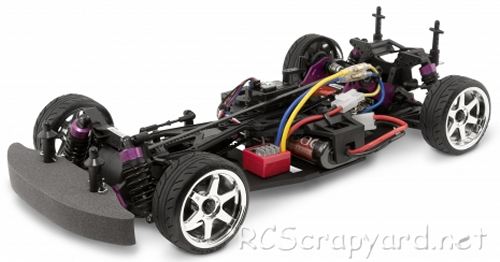
★ HPI Sprint 2 Drift Chassis ★
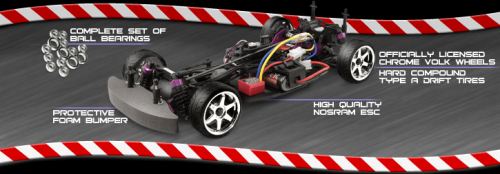
★ HPI Sprint 2 Drift Chassis ★
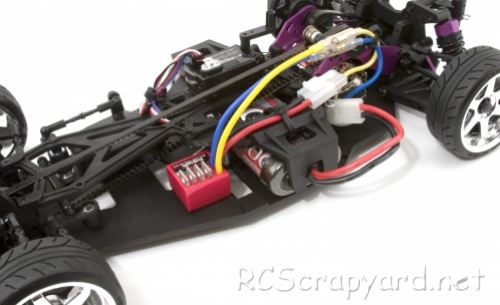
★ HPI Sprint 2 Drift Chassis ★
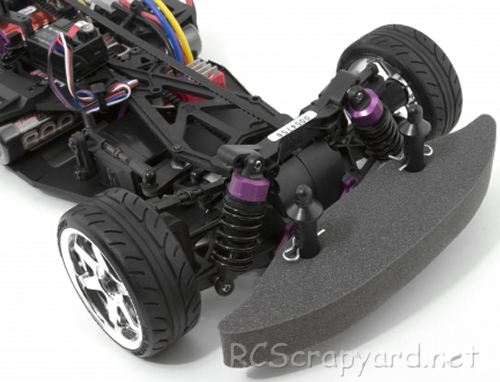
★ HPI Sprint 2 Drift Chassis ★
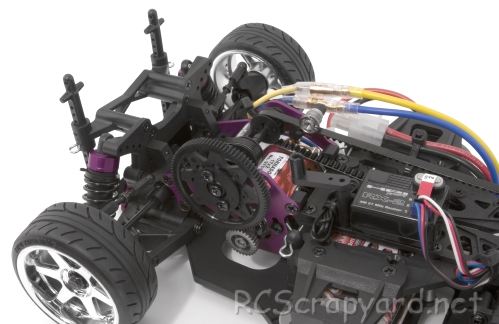
★ HPI Sprint 2 Drift Chassis ★
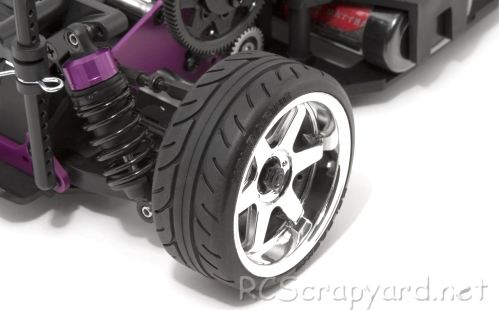
|
Buying a Used HPI Sprint 2
|
|
Manufacturers and Brands Catalogued and Listed by RC-Scrapyard.
At present, the RC Model Manufacturers, Brands and Distributors covered by us are: ABC Hobby, Academy, Acme Racing, Agama Racing, Amewi, Ansmann Racing, ARRMA, Team Associated, Atomic RC, Axial, AYK, Bolink, BSD Racing, Capricorn, Carisma, Carson, Caster Racing, Cen, Corally, Custom Works, Durango, Duratrax, ECX - Electrix, Exceed RC, FG Modellsport, FS-Racing, FTX, Fujimi, Gmade, GS-Racing, Harm, HBX, Helion, Heng Long, Himoto Racing, Hirobo, Hitari, Hobao, Hong-Nor, Hot Bodies, HPI, HSP, Intech, Integy, Jamara, JQ Products, Kawada, Kyosho, Losi, LRP, Maisto, Mardave, Marui, Maverick, MCD Racing, Megatech, Mugen, New Bright, Nichimo, Nikko, Nkok, Ofna, Pro-Pulse, Protech, PTI, RC4WD, Redcat Racing, RJ-Speed, Robitronic, Schumacher, Seben, Serpent, Smartech, Sportwerks, Step-Up, Tamiya, Team-C Racing, Team Magic, Thunder Tiger, Tomy, Top Racing, Traxxas, Trinity, Tyco, Vaterra RC, Venom, VRX Racing, WLToys, X-Factory, Xmods, Xpress, Xray, XTM, Yankee RC, Yokomo, ZD Racing and Zipzaps. |
|
Hints, Tips and Information Rechargeable Batteries
|
|
Hints, Tips and Information
Driving On Road
The basic driving style most commonly used for all forms of on road, tarmac and carpet racing, involves using the full width of the road available, and cutting each apex as tight as possible, whilst keeping complete control of the car on the track. The style, often referred to as "Rounding" looks quite simple to those watching, but to get it right needs good hand eye coordination and lots of practice. |
|
RC Models:
|
Radio & Motors: |
Other
Accessories: |